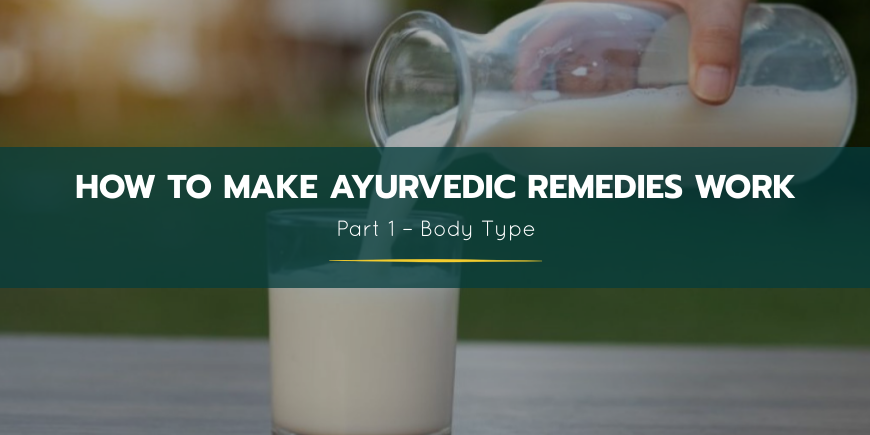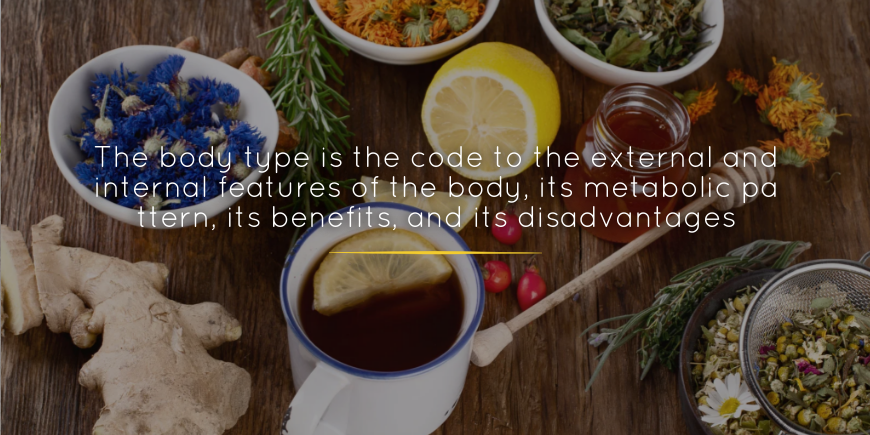
Introduction
After experiencing side effects or complications of modern medicine, many people turn to alternatives such as Naturopathy, Homeopathy, Ayurveda, and simple folk medicine.
These herbal remedies, however, produce random and unreliable results. One person may not receive any significant benefits from an herbal remedy. Whereas, another person may experience incredible improvement. People do not use herbal remedies because of these random results. Many people believe herbal remedies work because of placebo effects, which is not entirely inaccurate.
But these random results are a result of improper usage of herbal remedies. Several factors affect the results of these herbal remedies.
You may not be aware of these factors, so you tend to get random results. Nevertheless, if you become familiar with these factors, you will be able to use them effectively and get consistent results.
Let us explore some of the most significant factors that matter while using herbal remedies.
The Dosha Basis
Ayurveda’s fundamental concept is dosha. It is the basis for shariric prakrati (the body type). Different doshas have distinct and contrasting metabolic properties.
There are three types of dosha – vata, pitta, and kapha. All three doshas are present in each human body. Like the legs of a tripod, they help to maintain the physiological balance of the body.
However, the dominant dosha supervises the entire metabolism and supersedes other doshas.
Depending on the dosha dominance, Ayurveda classifies the human body into three main types – vata, pitta, and kapha. These body types have distinct characteristics.
The Concept of Body Type-based Personalization
Ayurveda has a unique concept called prakrati or constitution. Let us take the example of clothing to understand this concept. Not all clothes fit everyone. The best-fitting comes with tailored clothes.
Ayurvedic treatment follows the same principles. As per Ayurveda, every person has a distinct mind and body. This means that every human body has its own specific requirements. It is for this reason that Ayurveda offers individualized treatment.
Personalized treatmentis based on the constitution. So, if treatment is the key, the constitution is the lock. And you must know the lock to find the right key!
Why herbal remedies do not work?
Constitutional incompatibility is the major reason most herbal remedies fail to produce any effect. Let us try to understand how?
The body type is the code to the external and internal features of the body, its metabolic pattern, its benefits, and its disadvantages. Constitution is also the key to the disease possibilities and best treatment for them.
For example, a pitta dominant person has a great digestive system but may suffer from excessive sweating and foul smell. Also, a pitta dominant person is more susceptible to all inflammatory disorders, blood, and skin-related problems.
Since pitta is naturally slightly oily, sharp, hot, acidic, and fluid; the best remedies for pitta disorders are cooling, soothing, sweet (madhur), pungent (tikta), or astringent (kashay) in taste.
In this manner, prakrati or body type naturally points towards the best prevention and the most effective cure. Once you know yourself, you will be able to choose the best herbal remedy for yourself.

Examples of Differential Home Remedies
Most of us follow herbal or ayurvedic remedies in oblivion. We have no reason a particular herbal remedy should work for us. But Ayurvedic principles are as logical as math. Let us take the example of a general home remedy for acidity – cold milk.
The Cold Milk Example
Cold milk is generally good for acidity. It is an anti-inflammatory emulsion that absorbs the excess stomach acid and prevents acidity. Pitta dominant people have a fiery constitution. They are most susceptible to acidity.
Ayurveda says that milk is the best remedy for all pitta disorders, and acidity or heartburn is a pitta disorder. Till here, everything is great.
But cold milk is not the ideal solution for a kapha or vataprakrati person suffering from acidity. Milk is cool, heavy, and unctuous. Kaphadosha also has the same properties. Therefore, milk, esp cold milk can disturb the kapha balance and turn acidity into indigestion or heaviness in the body.
Instead of cold milk, green cardamom tea may work miracles for acidity in a kapha constitution. The warmth, lightness, and kapha cleansing property of green cardamom will help to cure acidity, without jeopardizing the kapha balance in the body.
Similarly, vata also is a naturally coolness-producing metabolic pattern. Any cold substance (like cold milk) can aggravate vata imbalance. Besides, vata people have fragile digestion. She may find it difficult to digest the cold, and heavy milk.
However, most remedies that work for Kapha are also effective for vata constitution. This is so because Kapha and vata share some similarities. They are both coolness-producing systems. Besides, both Kapha and vata people have delicate digestion due to different reasons. Warmth balances the coolness and stimulates digestion. Therefore, anything warm has an instant kapha and vata balancing impact.
In the above example, green cardamom tea may be very beneficial for the vata person as well. The warmth and the mild oiliness of green cardamom cure acidity and balance vatadosha too.
The Itching Example
But it is not a rule that Kapha and vata remedies should be the same. Because, despite certain overlaps, vata and Kapha are two distinct metabolic systems. Vata is dry, subtle, and mobile; whereas Kaphadosha is oily, solid, and stable. Let us take one example to understand this difference –
Itching normally happens due to vitiated kapha. Ayurveda says that itching is a general symptom of kapha doshas .
Mustard oil is one of the great general remedies for skin itching or inflammation.
Vata Itching
Both Vata metabolism and coconut oil produce a cooling effect. Therefore, coconut oil may aggravate vatadosha.
Pitta itching
The cooling effect of coconut oil works wonders for itching in a pitta dominant body. But, oiliness is a general property of pittadosha. But using mustard oil which is hot in nature may increase the oiliness and aggravate pitta.
Kapha itching
Again, both the cooling and oiliness of coconut oil may increase cold, oily, and heavy Kaphadosha.
That is why an herbal remedy may produce no effect or a harmful effect on the body.
How to modify an herbal remedy to suit the body type
Let us take the above-mentioned example of itching. A slight personalization in the herbal remedy can make it suitable for all constitutions.
Vata Itching
Warm the coconut oil and add a few drops of clove oil/castor oil or almond oil. Warm coconut oil, mixed with vata balancing almond/castoroil efficiently cures itching in a vata person.
Pitta Itching
Add a few pieces of camphor and mix well in a coconut at room temperature. The pitta balancing effect of camphor mixed with anti-itching and cooling coconut oil is a great solution for itching in a pitta person.
Kapha itching
Warm the coconut oil and add a few drops of clove oil. Sharp and Kapha balancing clove oil combined with anti-itching coconut oil is a great remedy for itching in a Kapha dominant body type.
In this manner, we can personalize any general herbal or ayurvedic remedy and gain maximum advantages.
Take Away
Herbal remedies also have a deep logic behind their effects or lack of effects. You can find the perfect key only when you know the lock. Likewise, you can get the best benefits from an herbal remedy only if you know how what your body is like and what it needs.
Take a deep dive into the world of Ayurveda and unlock its incredible potential with our Ayurveda Certification Course! Immerse yourself in the ancient wisdom of Ayurvedic principles and practices and learn how to apply them in your own life and the lives of others. Enroll today and let your journey towards wellness begin.

Responses